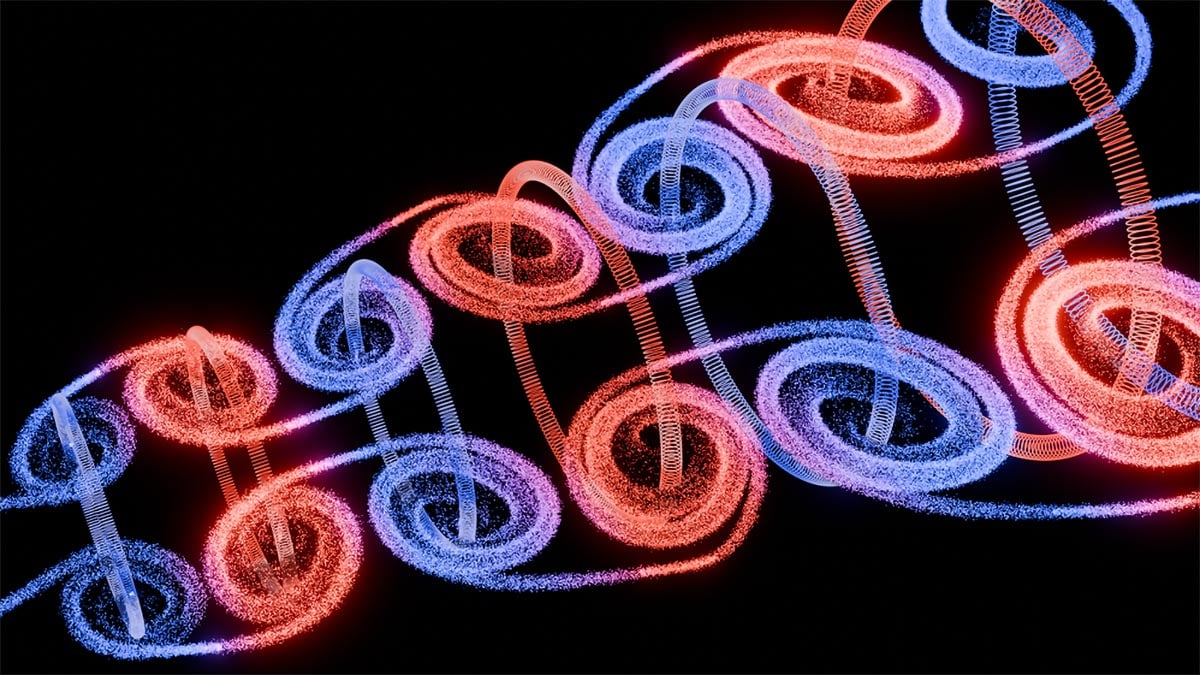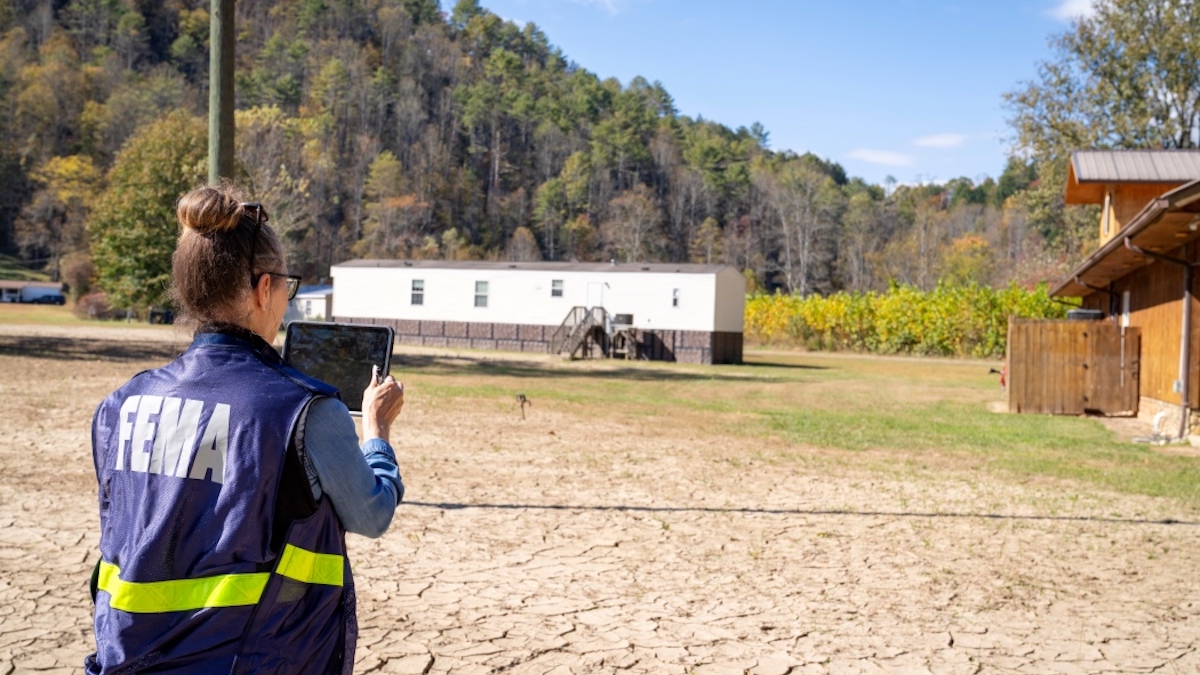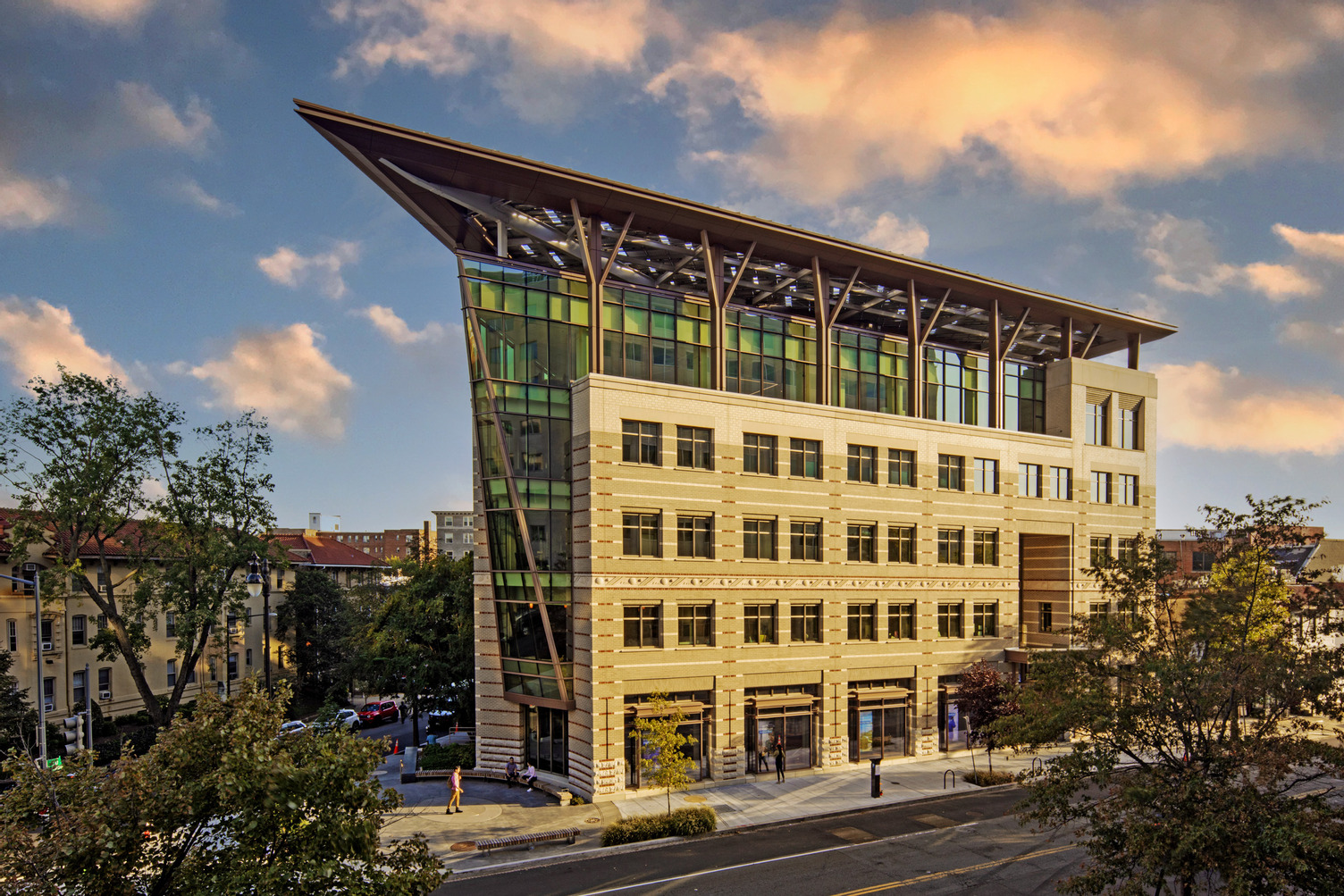An artistic impression of a vortex-ring street analog to the structure of magnetic field of a NDSTP, where the right- and left- handed vortex rings were highlighted by blue and red, respectively. Credit: Yijie Shen, Nikitas Papasimakis, and Nikolay I. Zheludev
The Kármán vortex street, an organized pattern of swirling vortices, demonstrates both aesthetic beauty and immense power, ranging from inspiring paintings in Bologne to influencing bridge designs such as the Tacoma Narrow Bridge. Recent studies have explored optical analogs of KVS, revealing potential applications in light-matter interactions and telecommunications.
The Kármán vortex street (KVS) is a highly organized classical flow pattern featuring swirling vortices. It typically includes two sequences of vortices, each emerging from opposite sides of the body, with circulations of opposite signs. This phenomenon is renowned for its aesthetic beauty and tremendous power.
Art Inspiring Science
In the museum at the Church of St Dominic in Bologne, Italy, there is a painting depicting St. Christopher carrying the infant Jesus across a river. The painter has depicted interlaced vortices behind Christopher’s bare feet. Theodore von Kármán stated that his research on vortex streets was inspired by this painting. This represents a fascinating intersection of science and the humanities.
Historical Impact of Vortex Streets
In 1940, a suspension bridge named the Tacoma Narrow Bridge, completed in just four months, suffered damage due to the generation of vortex streets caused by its improper design, leading to vibrations and resonance. This event marked the first time humanity recognized the immense power of the KVS.
Recently, in DOI: 10.1038/s41467-024-48927-5




















Discussion about this post